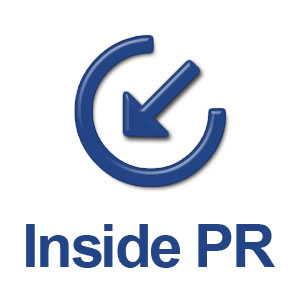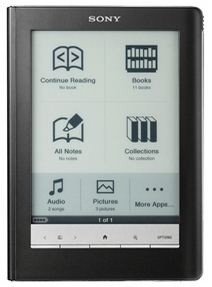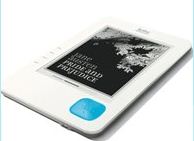 On this week’s Inside PR podcast, Gini Dietrich, Martin Waxman and I talk about new social management tool Jugnoo, tablet computers, Facebook timelines for pages and a new feature in social media measurement tool Sysomos.
On this week’s Inside PR podcast, Gini Dietrich, Martin Waxman and I talk about new social management tool Jugnoo, tablet computers, Facebook timelines for pages and a new feature in social media measurement tool Sysomos.
Jugnoo – and the importance of courting before marriange
Last week we reported that Jugnoo, a new social media management console service had launched in open beta. Martin and I both were impressed with its feature set. (Disclosure: Gini Dietrich is an adviser to Jugnoo. However, Martin and I weren’t aware of this when we raised it as a topic of discussion for the podcast. Discreet Gini.) I was so impressed that I requested access to the beta so that I could test it. And then I hit a hard stop. As one of the first steps in using the service, Jugnoo asked me to install some code on my website so that Jugnoo could access data from my site. For me, this is a show stopper. Installing code and sharing data is a big step, one that I am willing to take only with services that I trust and that I have some degree of comfort I’ll use for some time. Gini thinks that I’m being overcautious. She believes that most small businesses won’t hesitate to provide access to their data because they will perceive that in return the service will “hold their hands,” providing them with insight into what they should be doing and whether it is working. Do you have the same reaction to being asked for access to the backend of your Website as a first step in testing a service.
Tablets and the content creation challenge
We also talk about the rapid adoption of tablets in the workplace. Two years ago, we considered our notebook computers to be the go-to mobile devices. Today, we each use a tablet computer. Initially, tablets were billed as media consumption devices. However, all three of us now use our tablets to create content – blog posts, documents, etc. Gini and I have found that this has driven us to switch from Microsoft Office to other applications that exist in the cloud – Evernote, DropBox, Google Docs. We use these apps to have access to our data and content across devices. This enables us to move smoothly between our desktop computers, notebooks (yes, we still use them), tablets and cellphones. And we see this trend accelerating with the newest generation of tablets. We wonder how long it will be before we will be able to reduce the number of devices. The limiting factor on this is the evolution of tablets to include both the hardware and software to support all the content creation we want to do.
Timelines – too much commitment for small businesses?
Timelines for pages is being rolled out to all users at the end of the month. Gini is keen on timelines. She’s watched as content that she had long ago posted to the Arment Dietrich page has resurfaced. Old content becomes more accessible. I’m skeptical of the value of timelines for small businesses. Many small businesses have limited resources to devote to social media. And it seems to me that corporate page owners will have to devote considerable energy and resources to keep their content fresh. And this may not be a priority for may businesses.
Sysomos Heartbeat integrates Google Analytics
Finally, we talk about the integration of Google Analytics into Sysomos’ Heartbeat social media monitoring service. A nice addition that makes a good service better.
What do you think?
Listen to the podcast and tell us what you think. Are we on the right track? Missing something? Do you have a different view?



